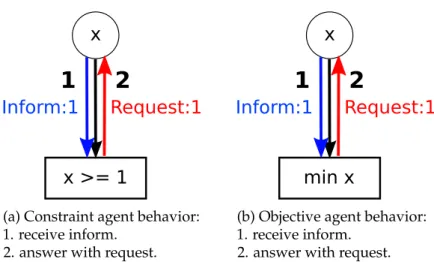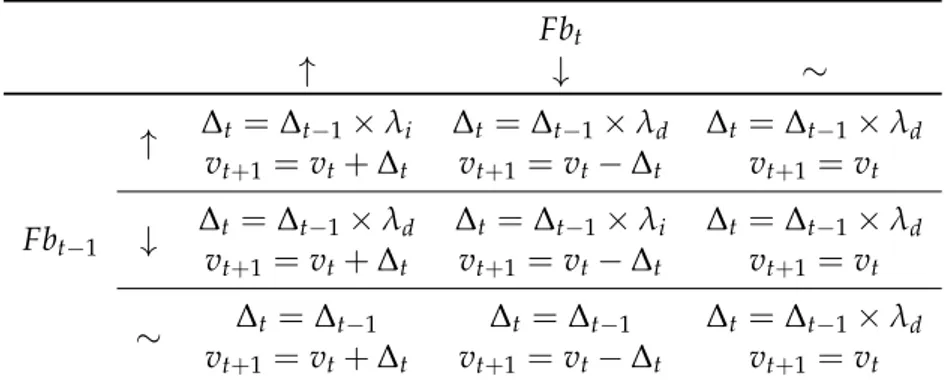An adaptive multi-agent system for self-organizing continuous optimization
Texte intégral
Figure
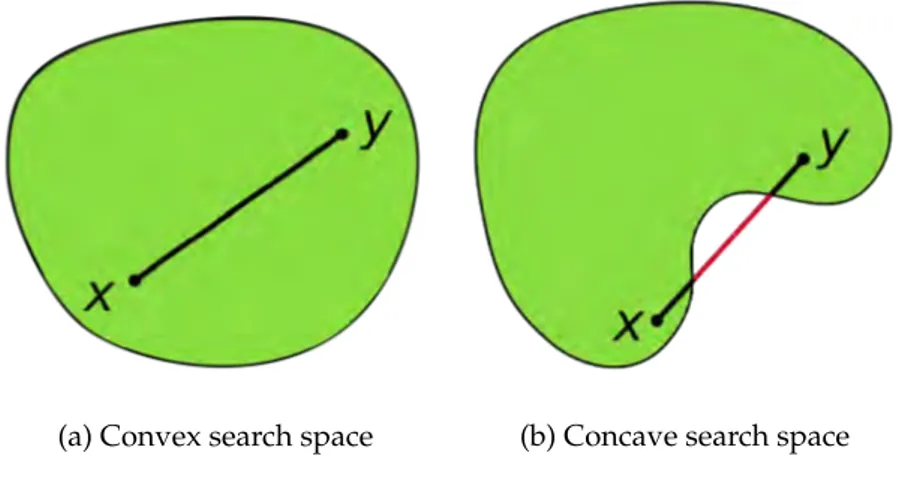

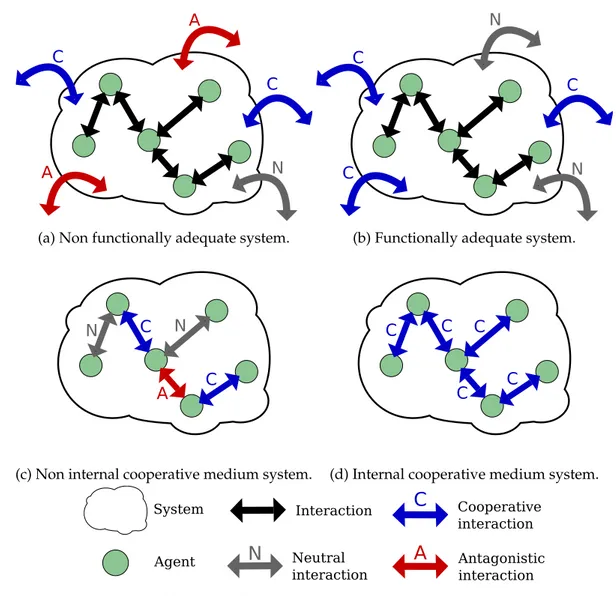
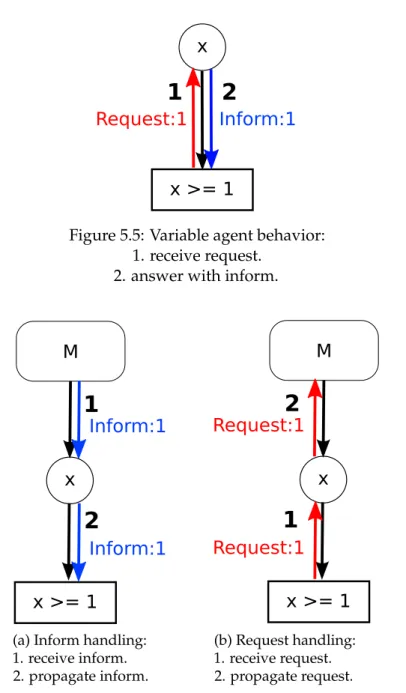
Documents relatifs
To this end, when it receives a message from one of its inputs informing it of a value change, a model agent recalculates the outputs val- ues of its model and informs its output
Thence, our aim is to design new big data analytics techniques that can manage truly dynamic big data (content and structure), in a domain-agnostic way, and adapt itself to the
Our objective in this research is an in-depth study of the potential of the GazeForm concept, where we explore gaze direction changes to trigger a surface shape
prob- ability (MP) using text from body, b+h and all fields; total keywords, # different keywords, # with unique KC, and maximum KC per
Figure 6 shows that the propeller thrust and torque coefficients and propulsive performance remained approximately the same for 20° (Port) and –20° (Starboard) static azimuth
Document de travail 2005/07 Luc GODBOUT Karine DUMONT Sébastien RAYMOND..
This work is dedicqted to the design of a SFCW/SFMCW GPR (stepped frequency modulated continuous wave ground penetrating radar) system designed specifically and exclusively
Si le Mouvement vers le Socialisme (MAS), avec Morales à sa tête, a réussi à réunir une large coalition de paysans autochtones et de membres de la classe moyenne en faveur
